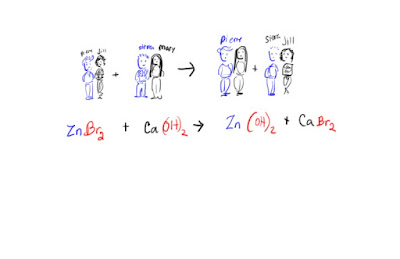SEX LINKED GENES
In the following post, I will refer to the term "male" and "female". This refers to people with male sex organs or people with female sex organs. People with these organs can identify with a diverse range of gender such as:
Man, woman, nonbinary. This gender identify is not presumed by the presence of male or female sex organs
They might also identify as
LGBTQ2S++
The following descriptions are biological descriptions refer to
male= has male sex organs like testes, producing male gametes such as sperm
female= has female sex organs like ovaries, producing female gametes such as eggs.
The sex chromosomes are XX and XY in humans. Some alleles are located on the X chromosome. But very few on the Y chromosome. Remember that people who are females have the genotype XX and people who are males have XY.
The Y chromosome carries very little information, only enough to influence the embryo on the path towards male primary and secondary characteristics.
Meanwhile, many RECESSIVE ALLELES are located on the X chromosome, including
1. hemophilia, the inability to clot blood
2. colourblindness inability to tell the difference between red and green colour
3. baldness
These characteristics are far more common in people with male sex organs than people with female sex organs because people with male organs have only one X. And if that X contains the recessive allele, they will show the phenotype. Meanwhile,people with female organs may have the recessive and their dominant genes on their other X will protect them. For example
An example of using a punnet square to calculate probability is here:
Some things to note about sex linkage: Signs of sex linked alleles are:
1. more genotypic males get the phenotype, but genotypic females can be carriers
2. males can inherit from mother but not father (because males get their X from mom)
3. genotypic females have an extra X and this protects them. Females must be homozygous to show the sex linked phenotype.
Further reading on sex linkage here
http://learn.genetics.utah.edu/content/pigeons/sexlinkage/FYI if you were born a male and you want to know if you're colourblind: Test yourself here: But careful, if you are a genetically male, you might find out you are colour blind! Apparently most people find out they are colourblind from their science teacher !
http://colorvisiontesting.com/home.html
Basic practice worksheet going over main concepts




























.png)